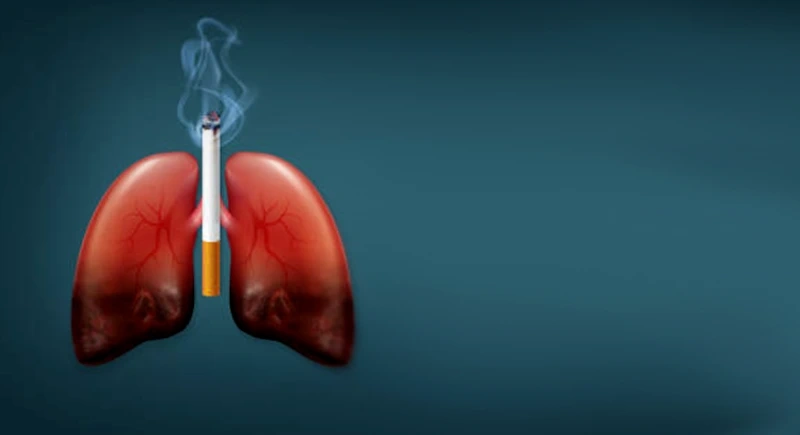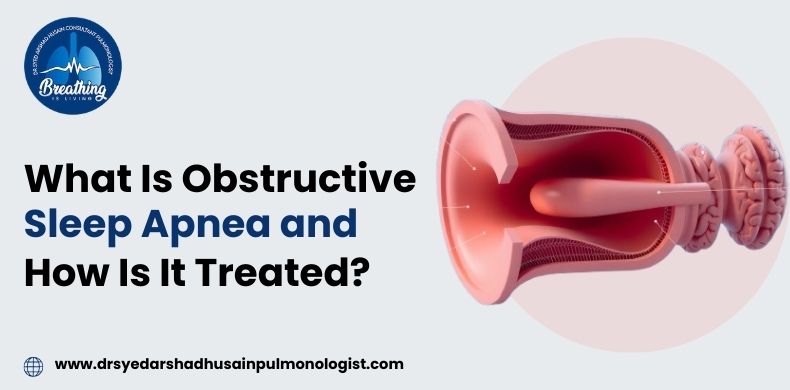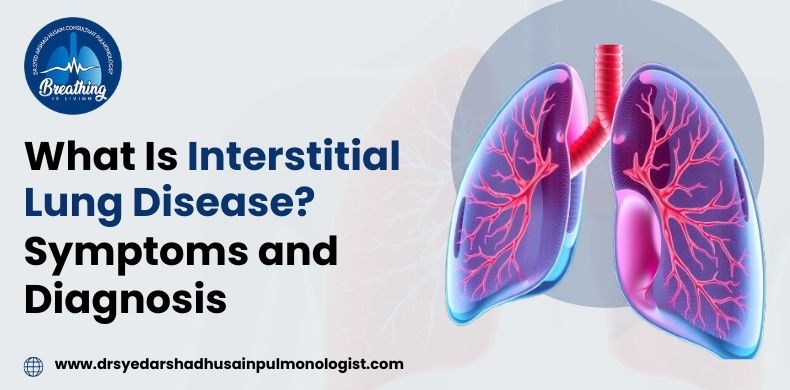
Smoking-related lung disorders represent a wide range of respiratory illnesses caused by tobacco. COPD, which causes emphysema and chronic bronchitis, leads the list. Emphysema damages air sacs, reducing lung elasticity, while chronic bronchitis inflames airways, causing persistent cough and mucus production.
Lung cancer is another ominous consequence, often fatal and linked directly to smoking. Additionally, smoking heightens the risk of pneumonia and exacerbates asthma. The common denominator in these afflictions is the insidious impact of cigarette smoke, underscoring the imperative of tobacco cessation for respiratory well-being.
Smoking poses a significant threat to lung health, being a primary contributor to diseases like lung cancer and chronic obstructive pulmonary disease (COPD). The harmful chemicals found in cigarettes wreak havoc on lung tissues, hindering their proper function. Tar and nicotine induce inflammation, and carcinogens elevate the risk of cancer. Quitting smoking is paramount to thwarting these potentially life-threatening health conditions.
Related Blog: Everyday Health Risks of Air Pollution
Related Blog: Impact of Vaping on Lung Health

Sleep plays a key role in helping the body recover, think, and stay healthy. Yet restful sleep often feels out...
by ADMIN | September 1, 2025
Read More >
Breathing should come and feel easy. But people with interstitial lung disease (ILD) often have to fight for every breath...
by ADMIN | September 1, 2025
Read More >
Prof. Dr. Syed Arshad Husain is a senior Consultant Pulmonologist with over 35 years of experience in the field of respiratory and internal medicine, both in the National Health Services (NHS) UK and the Kings Hospital, in the UAE.